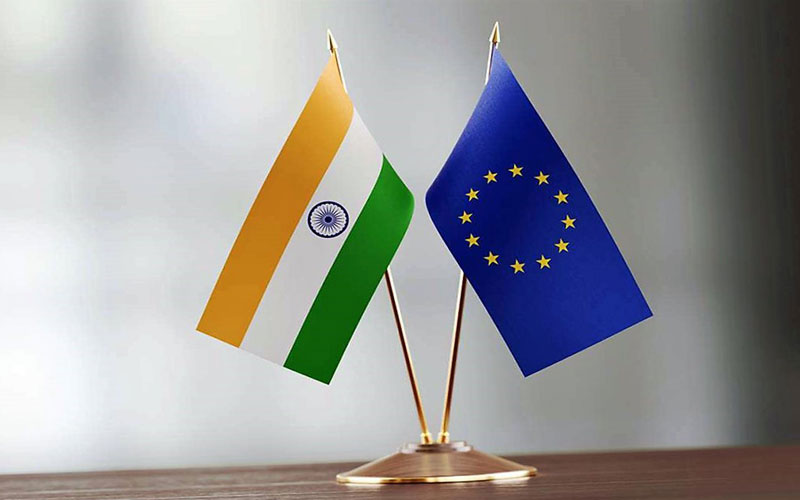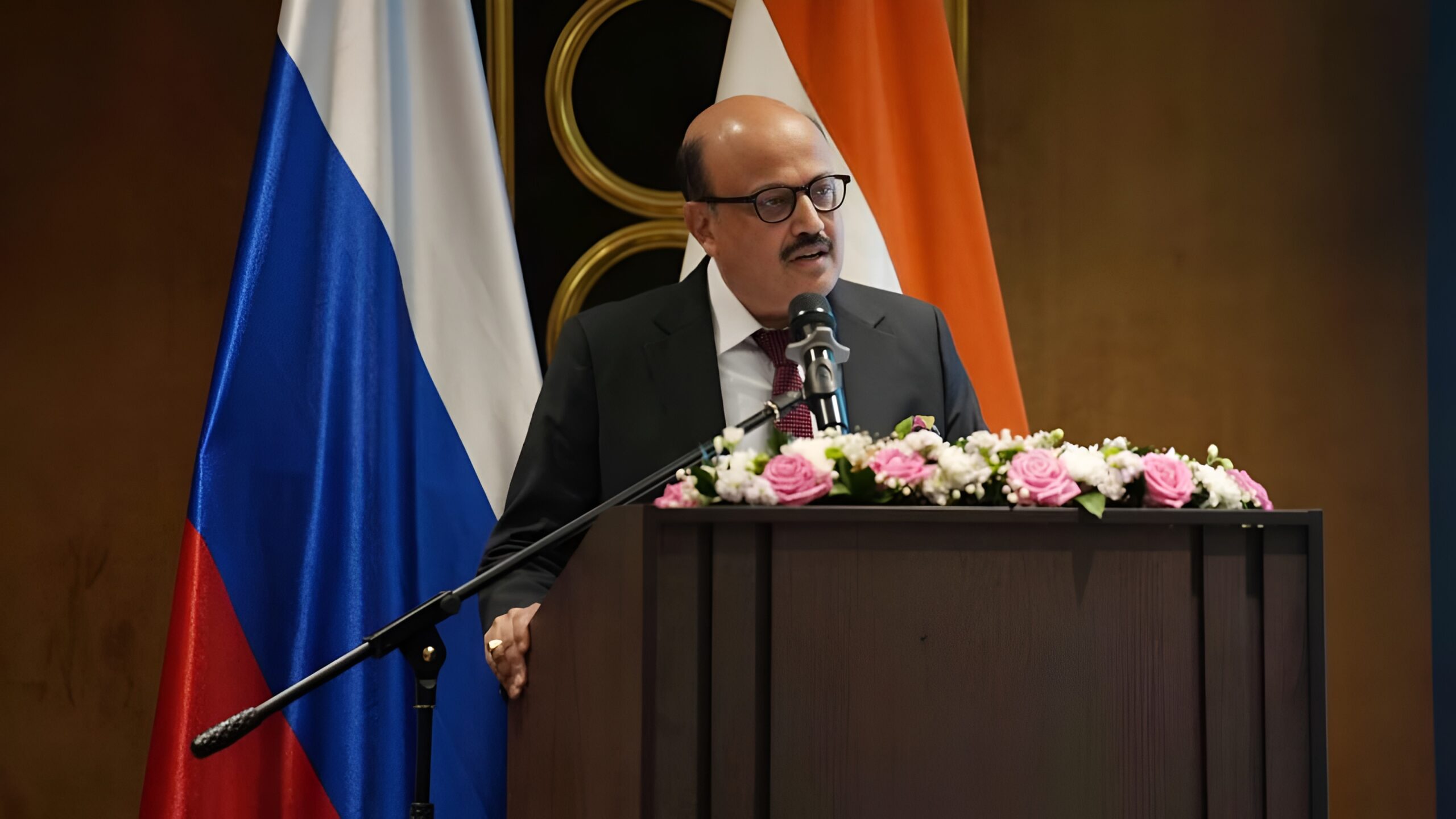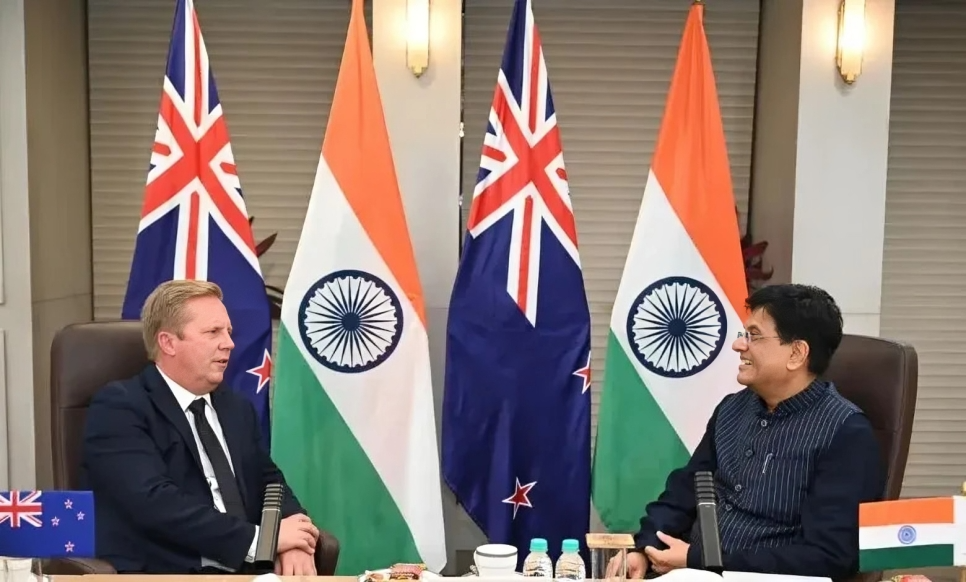India–EFTA Pact Comes into Force from October 1

India’s free trade agreement with the European Free Trade Association (EFTA) comprising Switzerland, Norway, Iceland and Liechtenstein is set to come into force from October 1, announced Union Commerce Minister Piyush Goyal. Signed earlier this year, the pact has been billed as a “high value” deal. But beneath the diplomatic framing lies a deeper signal: India’s small and mid-sized enterprises (SMEs) must now prepare for a more rules-driven, opportunity-rich global playing field.
This is not just another FTA it’s a framework for convergence: between India’s scale and Europe’s capital, between Swiss precision and Indian frugality, between Norway’s innovation economy and India’s entrepreneurial energy.
And for those Indian MSMEs who have often viewed global trade as a big-player game, the door may have just cracked open wider.
A $100 Billion Commitment, But Not a Windfall
The EFTA bloc is not massive in population, but it punches well above its weight in wealth, technology, and innovation investments. The agreement includes a commitment of $100 billion in investments over the next 15 years most of it expected to flow into sectors like clean tech, high-end manufacturing, pharmaceuticals and services.
But this won’t be FDI in the traditional sense. Much of it will come with value-chain integration, joint IP development and a focus on environmental and social governance (ESG).
That’s where India’s MSMEs especially those in Tier 1 and Tier 2 innovation clusters come into the picture. The question isn’t just what they can sell. It’s: Can they plug into ecosystems that demand compliance, co-creation, and credibility?
For MSMEs, an Inflection Point
SMEs have often been the footnote in India’s FTA narratives. This time, they might be closer to the headline.
Minister Goyal’s emphasis on the role of “future-facing industries” is notable because that’s precisely where agile, tech-savvy SMEs are thriving today. Whether it’s a healthtech firm in Ahmedabad, a solar inverter maker in Coimbatore, or a clean-packaging startup in Pune, many Indian SMEs are solving global problems locally. What they’ve lacked is structured access and this pact begins to change that.
Key implications for SMEs:
- Tariff reduction on over 90% of goods traded, with special provisions for pharma, chemicals, auto components and processed food sectors where SME clusters are dominant.
- Service sector liberalisation across over 100 sub-sectors including consulting, fintech, engineering services, IT, logistics and legal advisory many of which are SME-led exports.
- Commitments to IP protection and data security, which could finally push Indian SMEs to modernize their compliance game and compete on credibility, not just cost.
From Container Ships to Capability Chains
The days of trading only in goods are over. EFTA’s priorities lie in capability exchange skillsets, standards, sustainability and innovation. That’s good news for MSMEs willing to invest in process maturity, digital enablement and ESG transparency.
This is not about matching the Swiss in capital, but about becoming indispensable partners in precision manufacturing, IT support, clean energy deployment and medical research.
The EFTA pact also provides capacity-building components, access to trade facilitation desks, and collaboration on startup and innovation ecosystems. Indian SME accelerators and industry bodies would do well to mobilize regional firms for pre-market readiness now not wait for the October 1 clock to start ticking.
October 1 Is the Start. Readiness Begins Now.
The temptation is to see this deal through the lens of geopolitics. But for India’s enterprise ecosystem, this is best understood as a test of institutional depth. Can we help smaller firms grow without diluting standards? Can Indian banking and trade finance support MSMEs looking outward? Can regional trade bodies and export promotion councils walk the last mile with them?
If answered well, this deal could be more than a bilateral success story it could become a model for how India brings its SMEs into the global order without leaving anyone behind.
As India turns a trade corner, its smallest firms may finally get a foot in the room. Whether they stay there will depend on how quickly they prepare not just to trade, but to partner, innovate and comply.











